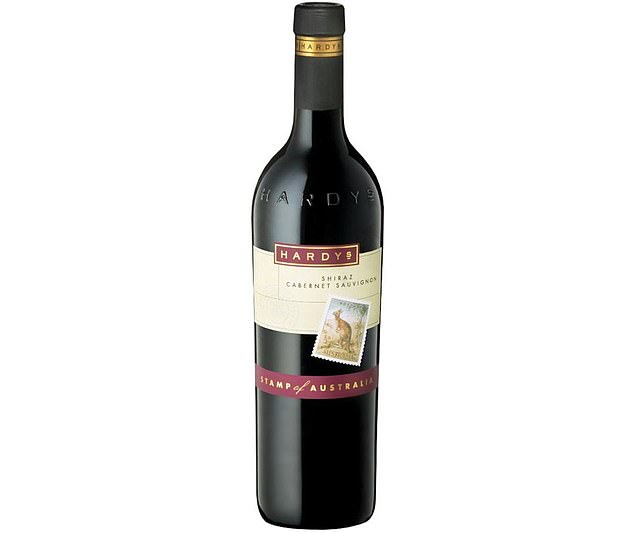Popular Wine Brands Have Secretly Reduced Alcohol Content AND Increased Prices – ‘It’s Drink Flation’, Say Shocked Customers
Wine lovers are being left wanting in the latest round of ‘drinkflation’.
Drinkers have been shocked to discover that the hugely popular Blossom Hill wines have dramatically reduced the alcohol content of their products.
But even as the top-selling drinks weaken, the price has risen.
A 75cl bottle of Blossom Hill White Zinfandel contained 11 per cent alcohol two years ago and cost £5.25.
Today it costs £5.75 and the strength has dropped to 8.5 percent. One consumer described it as a “glorified Shloer”: a non-alcoholic carbonated grape drink.
Meanwhile, the brand’s Soft & Fruity Red Wine has been reduced from 12.5 to 10.5 percent – and these aren’t the only wines that have been weakened.
For example, Hardys Stamp Shiraz Cabernet was reduced from 13.5 percent to 11 percent in 2023, while the cost has increased from £5 to £5.25.
The change comes after the previous government increased taxes on spirits, meaning wine, beer and spirits are now sold with less alcohol.
Wine lovers are left wanting in the latest round of ‘drinkflation’ (file image)

A 75cl bottle of Blossom Hill White Zinfandel had an alcohol content of 11 percent two years ago and cost £5.25

For example, Hardys Stamp Shiraz Cabernet was reduced from 13.5 percent to 11 percent in 2023, while the cost has increased from £5 to £5.25
Experts have said the trend to reduce alcohol levels is likely to have a small positive impact on public health.
‘Only people who drink for the specific purpose of getting drunk are falling short,’ says Colin Agus, Senior Research Fellow at the University of Sheffield and expert on alcohol consumption.
Writing after popular beer brand Heineken announced similar money-saving measures last year, he said: ‘Reducing alcohol content… is in (the manufacturers’) commercial interests.
‘But it is also in line with consumer demand trends and is likely to be a public health benefit by reducing overall alcohol consumption.
“It’s incredibly rare for these usually competing interests to move in the same direction, so perhaps the current trend is something worth celebrating for almost everyone.”
The change from Blossom Hill comes as wine takes over from beer as Brits drink.
However, last year the World Health Organization warned that there is no safe level of alcohol consumption.
The WHO estimates that excessive alcohol consumption kills three million people around the world every year.
It is estimated that more than 9,000 people die from alcohol-related deaths every year in the UK.
Last year, a team of WHO experts wrote in The Lancet Public Health that “alcohol consumption” as a whole was behind the toll.
They said that ‘alcohol consumers should be objectively informed about the risks of cancer and other health problems associated with alcohol consumption.’
The NHS recommends people drink no more than 14 units a week and spread it over three days or more.
Ian Hamilton, an addiction expert at the University of York, told MailOnline that WHO experts are “right” when they say there is “no safe level” in terms of health risks.
However, he added that it is “important to emphasize” that by adhering to the guidelines the risk to health is “small”.
The risk of developing alcohol-related diseases is “greatest for those who consume large amounts in a short period of time,” he added.
Mr Hamilton said: ‘Ensuring everyone understands the risks associated with their consumption is important, but for those who drink occasionally and in small quantities, the risks to their health are small.’
